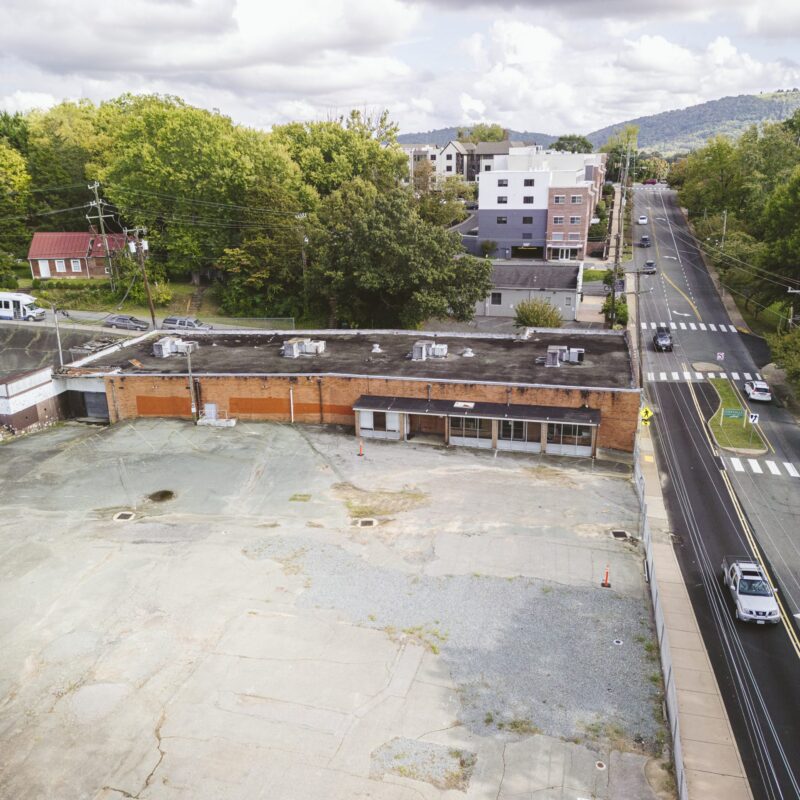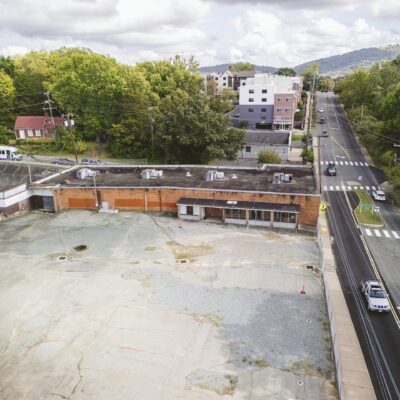 You want to build a new house. It will be a family home, not a mansion, so you don’t need an architect. It will look more or less traditional, and provide a sound investment in real estate. You get a book of mail order plans from the public library or a building supply store, or you cruise a website for house designs.
You want to build a new house. It will be a family home, not a mansion, so you don’t need an architect. It will look more or less traditional, and provide a sound investment in real estate. You get a book of mail order plans from the public library or a building supply store, or you cruise a website for house designs.
Right away, you are overwhelmed. There are hundreds, even thousands of mail order plans available, from dozens of websites, in all sizes, styles, and colors. How can you sort through so many models, and what factors should you consider in choosing one?
First of all, there are not as many house designs as you might think. The books and websites reproduce the same models again and again, identical or with slight variations. The same floor plan may show up in several exterior treatments, different roof shapes, with and without a garage, a chimney, and so forth. All the house designs are for “light wood frame,” except for log homes and companies that specialize in “timber frame.” Brick, stone, stucco and other materials shown in the illustrations are a veneer, a thin layer applied to the frame.
The model names can also be misleading, since you will find one name used for different designs, and the same design under different names.
Here are a few simple ways to narrow your search. Remember, this is supposed to be an enjoyable pursuit, not an agonizing decision. You may get lucky and find your dream house right away. Or you may find a model that is almost exactly what you want. In that case, some house plan companies provide a drafting service for minor changes, similar to alterations to a ready-made item of clothing.
Start by determining what size house you can afford to build. This is easier said than done, but necessary. Essentially, you need to draw up a preliminary budget that will include 1) the cost of a vacant lot, 2) the cost of clearing, excavation, well and septic, called “site development costs,” and 3) the cost of construction. This third number is the key. Divided by the area of a building, it gives the cost per square foot, which varies considerably by region and quality of construction. You will need to do some research to find a cost per square foot for your region. A quick way to do this is to get the replacement cost from a home insurance agent. If it is $150 per sq. ft., and your budget allows a cost of construction of $300,000, then you can build up to 2,000 square feet.
Please note that if you intend to take out a loan, your ability to borrow will come into play here. It is best to talk to a lender before making any commitment, shopping for land, or even buying a set of drawings.
Note also that the square foot number refers to finished space, and excludes porches, garages, basements and decks. Yet they cost something to build. Try to remember this when you compare models, since two that have the same area may have a different construction cost. Also, simple plan outlines cost less to build than complex floor plans.
Home plan collections are organized by size, so you can now search for models in your range. The companies also organize their models according to number of bedrooms and number of stories, so these are the next two things for you to decide. Many small older houses have two bedrooms, but new houses today usually have three or more. A retirement home might be one story, or you might prefer the look and compact shape of a two-story house. Consider things like maintenance and whether you will climb on the roof.
Just as a simple outline and a compact shape yield a more affordable house, you need to consider the overall dimensions, to see if they will fit on your lot. Many model plans give these dimensions, for just this reason. Builders often refer to them as the “footprint” of the house. In most cases, you must leave space on all sides to the lot lines, called “setbacks.”
They may be shown on your site drawing, or you may need to ask the local zoning department.
Once you have decided on your budget, size, footprint, and so on, you can turn your attention to style. This is a matter of personal taste so you are free to choose, bearing two things in mind. If your lot is in a neighborhood that reviews drawings for construction, the review board must approve your choice. Finally, the value of the finished house will depend partly on how it looks. While building your dream, be sure to invest wisely.



